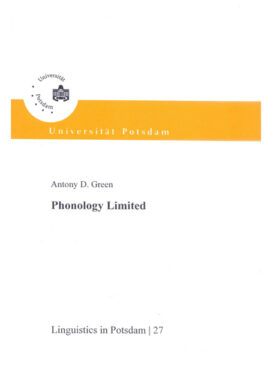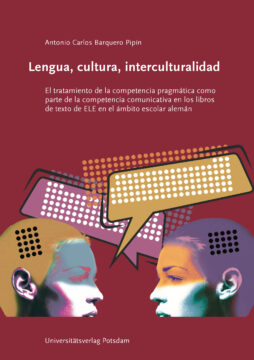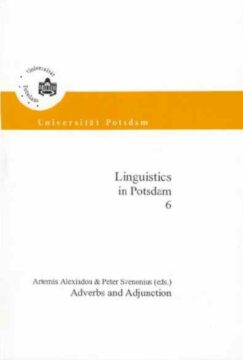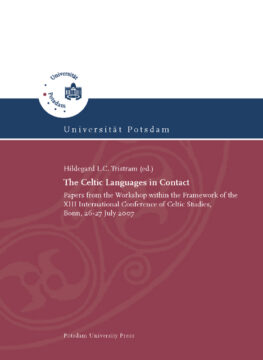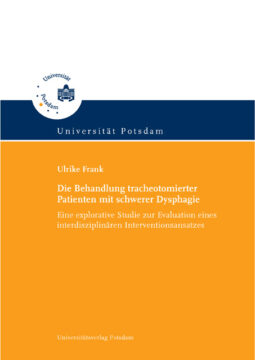Phonology Limited is a study of the areas of phonology where the application of optimality theory (OT) has previously been problematic. Evidence from a wide variety of phenomena in a wide variety of languages is presented to show that interactions involving more than just faithfulness and markedness are best analyzed as involving language-specific morphological constraints rather than universal phonological constraints. OT has proved to be a highly insightful and successful theory of linguistics in general and phonology in particular, focusing as it does on surface forms and treating the relationship between inputs and outputs as a form of conflict resolution. Yet there have also been a number of serious problems with the approach that have led some detractors to argue that OT has failed as a theory of generative grammar. The most serious of these problems is opacity, defined as a state of affairs where the grammatical output of a given input appears to violate more constraints than an ungrammatical competitor. It is argued that these problems disappear once language-specific morphological constraints are allowed to play a significant role in analysis. Specifically, a number of processes of Tiberian Hebrew traditionally considered opaque are reexamined and shown to be straightforwardly transparent, but crucially involving morphological constraints on form, such as a constraint requiring certain morphological forms to end with a syllabic trochee, or a constraint requiring paradigm uniformity with regard to the occurrence of fricative allophones of stop phonemes. Language-specific morphological constraints are also shown to play a role in allomorphy, where a lexeme is associated with more than one input;the constraint hierarchy then decides which input is grammatical in which context. For example, [?]/[?] and [u]/[?] alternation found in some lexemes but not in others in Welsh is attributed to the presence of two inputs for the lexemes with the alternation. A novel analysis of the initial consonant mutations of the modern Celtic languages argues that mutated forms are separately listed inputs chosen in appropriate contexts by constraints on morphology and syntax, rather than being outputs that are phonologically unfaithful to their unmutated inputs. Finally, static irregularities and lexical exceptions are examined and shown to be attributable to language-specific morphological constraints. In American English, the distribution of tense and lax vowels is predictable in several contexts;however, in some contexts, the distributions of tense [?] vs. lax [a] and of tense [æ?] vs. lax [æ] are not as expected. It is shown that clusters of output-output faithfulness constraints create a pattern to which words are attracted, which however violates general phonological considerations. New words that enter the language first obey the general phonological considerations before being attracted into the language-specific exceptional pattern.
ISBN: 978-3-939469-93-3
217 pages
Release year 2007
Series: Linguistics in Potsdam , 27
9,00 €
Non-taxable transaction according to § 1 (1) UStG/VAT Act in combination with § 2 (3) UStG/VAT Act a. F. Providing this service, the University of Potsdam does not constitute a Betrieb gewerblicher Art/Commercial Institution according to § 1 (1) No. 6 or § 4 KStG/Corporate Tax Act. If the legal characterization of our business is changed to a commercial institution subsequently, we reserve the right to invoice VAT additionally. zzgl. Versandkosten
Phonology Limited is a study of the areas of phonology where the application of optimality theory (OT) has previously been problematic. Evidence from a wide variety of phenomena in a wide variety of languages is presented to show that interactions involving more than just faithfulness and markedness are best analyzed as involving language-specific morphological constraints rather than universal phonological constraints. OT has proved to be a highly insightful and successful theory of linguistics in general and phonology in particular, focusing as it does on surface forms and treating the relationship between inputs and outputs as a form of conflict resolution. Yet there have also been a number of serious problems with the approach that have led some detractors to argue that OT has failed as a theory of generative grammar. The most serious of these problems is opacity, defined as a state of affairs where the grammatical output of a given input appears to violate more constraints than an ungrammatical competitor. It is argued that these problems disappear once language-specific morphological constraints are allowed to play a significant role in analysis. Specifically, a number of processes of Tiberian Hebrew traditionally considered opaque are reexamined and shown to be straightforwardly transparent, but crucially involving morphological constraints on form, such as a constraint requiring certain morphological forms to end with a syllabic trochee, or a constraint requiring paradigm uniformity with regard to the occurrence of fricative allophones of stop phonemes. Language-specific morphological constraints are also shown to play a role in allomorphy, where a lexeme is associated with more than one input;the constraint hierarchy then decides which input is grammatical in which context. For example, [?]/[?] and [u]/[?] alternation found in some lexemes but not in others in Welsh is attributed to the presence of two inputs for the lexemes with the alternation. A novel analysis of the initial consonant mutations of the modern Celtic languages argues that mutated forms are separately listed inputs chosen in appropriate contexts by constraints on morphology and syntax, rather than being outputs that are phonologically unfaithful to their unmutated inputs. Finally, static irregularities and lexical exceptions are examined and shown to be attributable to language-specific morphological constraints. In American English, the distribution of tense and lax vowels is predictable in several contexts;however, in some contexts, the distributions of tense [?] vs. lax [a] and of tense [æ?] vs. lax [æ] are not as expected. It is shown that clusters of output-output faithfulness constraints create a pattern to which words are attracted, which however violates general phonological considerations. New words that enter the language first obey the general phonological considerations before being attracted into the language-specific exceptional pattern.
Recommended Books
-
 2020
2020Lengua, cultura, interculturalidad
17,50 €Non-taxable transaction according to § 1 (1) UStG/VAT Act in combination with § 2 (3) UStG/VAT Act a. F. Providing this service, the University of Potsdam does not constitute a Betrieb gewerblicher Art/Commercial Institution according to § 1 (1) No. 6 or § 4 KStG/Corporate Tax Act. If the legal characterization of our business is changed to a commercial institution subsequently, we reserve the right to invoice VAT additionally.
zzgl. Versandkosten
Add to cart -
 2000
2000Peter Svenonius, Artemis Alexiadou, David Adger, Joao Costa, Thomas Ernst, Hubert Haider, Joel M. Hoffman, Christopher Laenzlinger, Satu Manninen, George Tsoulas, Milena Vegnaduzzo
Adverbs and Adjunction
8,00 €Non-taxable transaction according to § 1 (1) UStG/VAT Act in combination with § 2 (3) UStG/VAT Act a. F. Providing this service, the University of Potsdam does not constitute a Betrieb gewerblicher Art/Commercial Institution according to § 1 (1) No. 6 or § 4 KStG/Corporate Tax Act. If the legal characterization of our business is changed to a commercial institution subsequently, we reserve the right to invoice VAT additionally.
zzgl. Versandkosten
Add to cart -
 2007
2007The Celtic Languages in Contact
14,50 €Non-taxable transaction according to § 1 (1) UStG/VAT Act in combination with § 2 (3) UStG/VAT Act a. F. Providing this service, the University of Potsdam does not constitute a Betrieb gewerblicher Art/Commercial Institution according to § 1 (1) No. 6 or § 4 KStG/Corporate Tax Act. If the legal characterization of our business is changed to a commercial institution subsequently, we reserve the right to invoice VAT additionally.
zzgl. Versandkosten
Add to cart -
 2008
2008Die Behandlung tracheotomierter Patienten mit schwerer Dysphagie
9,50 €Non-taxable transaction according to § 1 (1) UStG/VAT Act in combination with § 2 (3) UStG/VAT Act a. F. Providing this service, the University of Potsdam does not constitute a Betrieb gewerblicher Art/Commercial Institution according to § 1 (1) No. 6 or § 4 KStG/Corporate Tax Act. If the legal characterization of our business is changed to a commercial institution subsequently, we reserve the right to invoice VAT additionally.
zzgl. Versandkosten
Add to cart
Publisher Info
Contact
Potsdam University Library
University Press
Am Neuen Palais 10
14476 Potsdam
Germany
verlag@uni-potsdam.de
0331 977-2094
0331 977-2292

